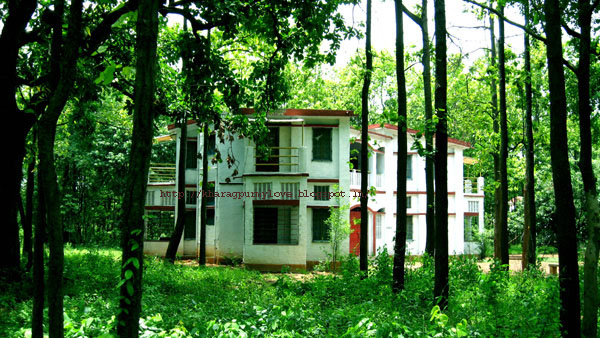Considering the vast coastline, Chilika lake, perennial rivers with deep channels, there is
vast scope for cruise tourism for Odisha.

Some key requirements as a potential cruise destination:
Accessibility: accessibility is imperative for cruise tourism and requires a great deal of initial investment in both infrastructure as well as maintenance costs. This requires:
- A cruise terminal or an alternative docking facility;
- Docks of sufficient length (today’s cruise ships often need around 300 metres of dock length);
- Water of sufficient depth (cruise ships generally require between 8 and 9 metres of water to operate safely);
- Good facilities at the terminal or docking facility such as luggage handling space, gangways, parking area, airlift, customs area, waiting facilities, toilets and information centres.
- Safety and security - Cruise tourism industry is subject to the mandates and guidance of the International Maritime Organization (IMO) who is responsible for establishing international standards for cruise ship safety, design and construction.
- Attractive shore offer: Competition in the cruise market is fierce so a region/destination/port really has to have something attractive, special, unique or iconic if it wants to attract cruise lines and get cruise passengers from board.
- Good infrastructure: the lack of adequate infrastructure often prevents cruise passengers from reaching interesting tourist attractions or landmarks. Locations such as heritage sites, natural attractions or shopping centres are therefore needed. There must also be one or more international airports in the region where cruise passenger can be flown in and out (in case of ‘fly and cruise’).
- Since this industry requires very heavy investment, significant foreign investment is necessary into these projects.
- Develop a professional, high-quality cruise destination website that provides elaborate and up-to-date destination and port information and can easily be found with search engines such as Google.
- Tourism Council should participate in international cruise trade events such as Sea trade to showcase their destination as an emerging cruise destination and communicate to key players their destination’s readiness to receive cruise passengers. They should also organize road shows in their main target countries and arrange for familiarization trips for representatives of target cruise lines.
- The IIT Madras, National Technology Centre for Ports will be working on a host of areas including autonomous platforms for navigational, water quality monitoring, night time navigation in inland waterways, new indigenous dredging technologies for small ports and inland waterways and new concepts in break waters(structures that prevent waves from entering harbor).

Cruise impact’s overview: Economic Effects -
1. The economic benefits to the port city can be grouped under: 1) spending by cruise passengers and crew; 2) the shore side staffing by the cruise lines, 3) marketing and tour operations 4) expenditures by the cruise lines for goods and services necessary for cruise operations; 5) spending by the cruise lines for port services; and 6) expenditures by cruise lines for the maintenance.
2. Cruise tourism is projected to grow significantly in Asia in the coming decade. A forecast for the Chinese source market indicates a potential for 3–4 million Chinese cruise tourists by 2020.
5. Many of the popular cruising nations are not very favorable during winter months. This will lead to the prospecting and testing of new routes in South East Asia.
6. Odisha/India needs to tackle basic issues such as consolidating standard itineraries, easing visa restrictions, fine-tuning logistics for handling people at the ports, increasing regional source markets, resolving generic cabotage, start travel agent training, augment destination marketing efforts, spur regional port development and exchange technical and regulatory best practices.
Thematic cruises are centered on various educational themes or recreational activities such as culture, health, diving or wine tasting and the vessels are usually smaller. This trend offers opportunities for Developing Countries that are able to offer specialized cruise products, for example a cultural heritage trail for specialized culture cruises, yoga classes for health cruises or a safari for family cruises etc.
Environmental Impact –
1. Cruise ships generate a number of waste streams that can result in discharges to the marine environment, including sewage, gray water, hazardous wastes, oily bilge water, ballast water, and solid waste. They also emit air pollutants to the air and water. The environmental costs of the sector are incalculable.
2. Often the route to reach popular places is via waterways with ecosystems that are more fragile and contain higher biodiversity value. Thus, cruise tourism merits higher levels of scrutiny and assessment for its environmental implications.





































